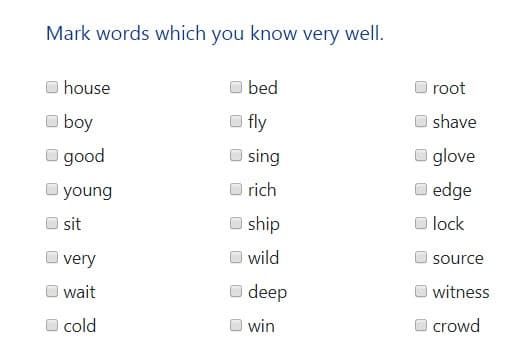Blue moon – level 3
04-08-2015 07:00
When someone says to you,” Yeah, once in a blue moon,” you know what they mean – rare, absurd, or pretty much never going to happen. Well, stop right there because this year it means the end of July!
For the second time this month, the moon is about to become full. There was one on the 2nd of July and now a second is coming on July 31st.
According to modern folklore, when there are two full moons in a month, the second one is blue. Most blue moons look pale grey and white just like the moon you see on any other night. Simply squeezing a second full moon into a calendar month doesn’t exactly change its colour.
Nevertheless, on rare occasions, the moon can turn blue. According to NASA, a truly blue moon usually requires a volcanic eruption. It says back in 1883, for example, people saw blue moons almost every night after the Indonesian volcano Krakatoa exploded. Some of the plumes of ash were apparently filled with particles that were one micron wide, about the same as the wavelength of red light.
Particles of this size strongly scatter red light whilst allowing blue light to pass through. Krakatoa’s clouds then acted like a blue filter. This was also the case with the number of other eruptions, and forest fires can do the same trick.
On the other hand, though, tomorrow’s moon could turn red. Often, when the moon is low, it looks red for the same reason that sunsets are red. NASA explains that the atmosphere is full of aerosols much smaller than the ones injected by volcanoes. These aerosols scatter blue light whilst leaving the red behind.
Difficult words: squeeze (to fit), plume (a cloud), micron (a very small measurement), wavelength (a measure of light or sound), scatter (to throw over a wide area), aerosol (a gas).
Source: www.ondemandnews.com
LEARN 3000 WORDS with NEWS IN LEVELS
News in Levels is designed to teach you 3000 words in English. Please follow the instructions
below.
How to improve your English with News in Levels:

Test
- Do the test at Test Languages.
- Go to your level. Go to Level 1 if you know 1-1000 words. Go to Level 2 if you know 1000-2000 words. Go to Level 3 if you know 2000-3000 words.

Reading
- Read two news articles every day.
- Read the news articles from the day before and check if you remember all new words.

Listening
- Listen to the news from today and read the text at the same time.
- Listen to the news from today without reading the text.

Writing
- Answer the question under today’s news and write the answer in the comments.

Speaking
- Choose one person from our Conversation section.
- Talk with this person. You can answer questions from Speak in Levels.
Stock images by Depositphotos


